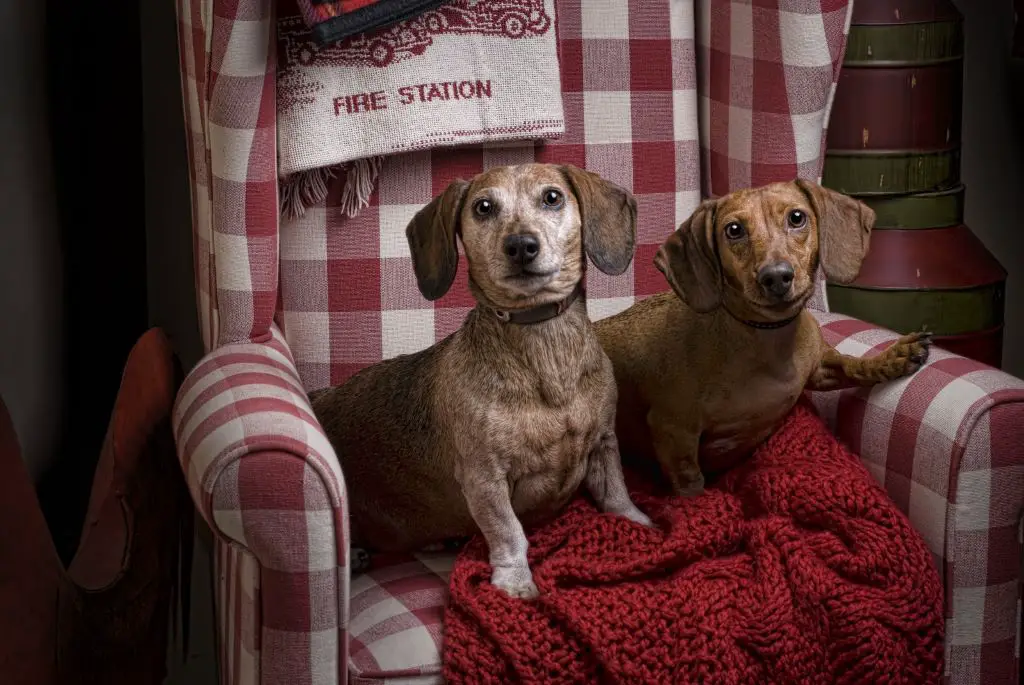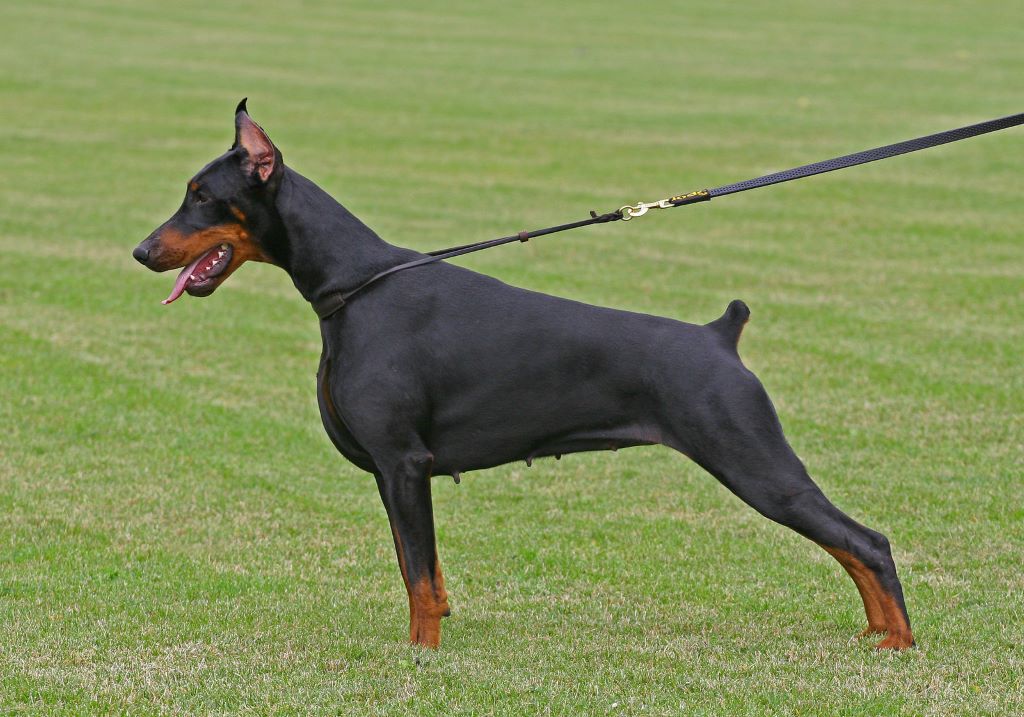If you’ve ever had the pleasure of meeting a Dachshund, one of the traits that stand out most is their long bodies and short, stubby legs. It’s hard not to smile as you pass by one of these dogs. Their bodies are unusual compared to most other dog breeds, but that’s what makes them special and unique. Most Dachshund owners love this aspect about them. The question many people ask is how they got these long bodies.
Is it because of years of selective breeding? Is it due to a genetic makeup? Have they been stretched out as puppies? These are all interesting questions and to find out the answer, we have to dig deep into the history of the Dachshund and what makes this breed so special. Whether you’re a Dachshund owner or not, read on and discover the fascinating facts behind the phenomenon of the Weiner Dog.
Are Dachshund’s Bodies Out of Proportion, Or Is It Their Legs?
This may sound like an odd question, but it’s something that many people don’t even think about when considering Dachshund’s shape. These dogs look like they’ve been stretched out, but in reality, their backs are proportional and it’s their legs that have been shortened. Now that you know about the genetic bone structure and abnormality, you’ve probably now realized that short legs only give the illusion of looking long.
Interesting way to think about it, right? Their spine isn’t stunted in growth, it’s their legs. With proportional legs, they’d just be a lot taller.
What Causes Dachshunds to Be So Long?
The physical and scientific answer to this question lies in genetics. Dachshunds are born with a type of dwarfism called chondrodysplasia. The genetic condition results in abnormal growth of the bones and cartilage of the dog’s limbs. Selective breeding over time formed a dog that had the characteristics of a long body with short legs. The reason why they were bred to look like this is found in Dachshund’s history.
History of the Dachshund

Many years ago, Dachshunds were used as hunting dogs, much to many people’s surprise. They were used by German hunters to hunt badgers and other burrowing animals. Did you know that “Dachs Hund” means “Badger Dog” in German? Their long bodies were especially useful in chasing after burrowing animals and climbing into their homes.
The Dachshund breed was created in Germany, all the way back in the 18th century. Hunters were looking for a dog that could enter the burrows of vermin such as badgers to bring the animal out of hiding. European breeders were looking for a genetic combination to allow for this ability. Thus gave raise to the first dachshunds.
The breed took centuries to develop into what we know it today. The first type of dachshund was the standard-size shorthair. Later came the emergence of long-haired, wire-haired, and miniature dachshunds, which were bred to hunt smaller prey like rabbits.
Their methods seemed to work, but the dachshund breed offered many benefits while hunting. Even their necks are strong enough to effectively pull the prey out of the burrow. While the benefits of their physical appearance seem great, there are major drawbacks to this unique genetic makeup as well.
Problems with Dachshund Genetics
As cute as Dachshunds are, their dwarfism comes with some potential medical issues. The short legs and long back combination make them vulnerable to Intervertebral Disk Disease (IVDD). According to the Kennel Club Genetics Center, “Dachshunds are 10 times more likely than other breeds to suffer from Intervertebral Disk Disease (IVDD)”.
Since Dachshunds have shorter front limbs than hind limbs, most of the weight is then put on the front legs. This can lead to arthritis in their front legs and other health problems. It also just puts a lot of strain on their legs and bones to carry that much weight on unproportional legs, so it can be uncomfortable or harm these dogs if not given lots of time to rest.
Another genetic factor is their mouths. Dachshunds often have dental problems due to having crowded teeth. Due to the way these dogs were selectively bred, their mouths naturally have teeth that are very close together. This makes them more prone to plaque buildup, which can lead to gum disease, bad breath, and sometimes even tooth loss.
If you have a Dachshund or you’re planning on getting one, keep these health problems in mind. It’s important to periodically take your dog to the vet to get check-ups.
We Love Our Sausage Dogs
We love the long bodies of our favorite Dachshunds, and we take pride in owning these dogs. Now that you know the reason why Dachshunds have their classic look, we hope that you appreciate it even more. These dogs have a backstory that makes them unique. Who knew your adorable furry friend is actually from a long line of hunting dogs. Take good care of your Dachshunds, and appreciate the look that makes them special.









